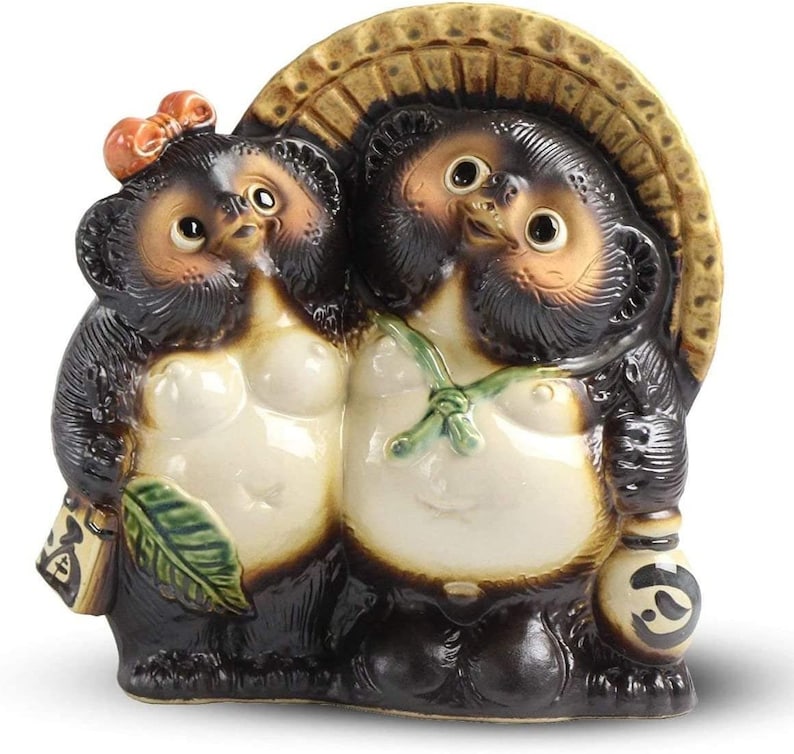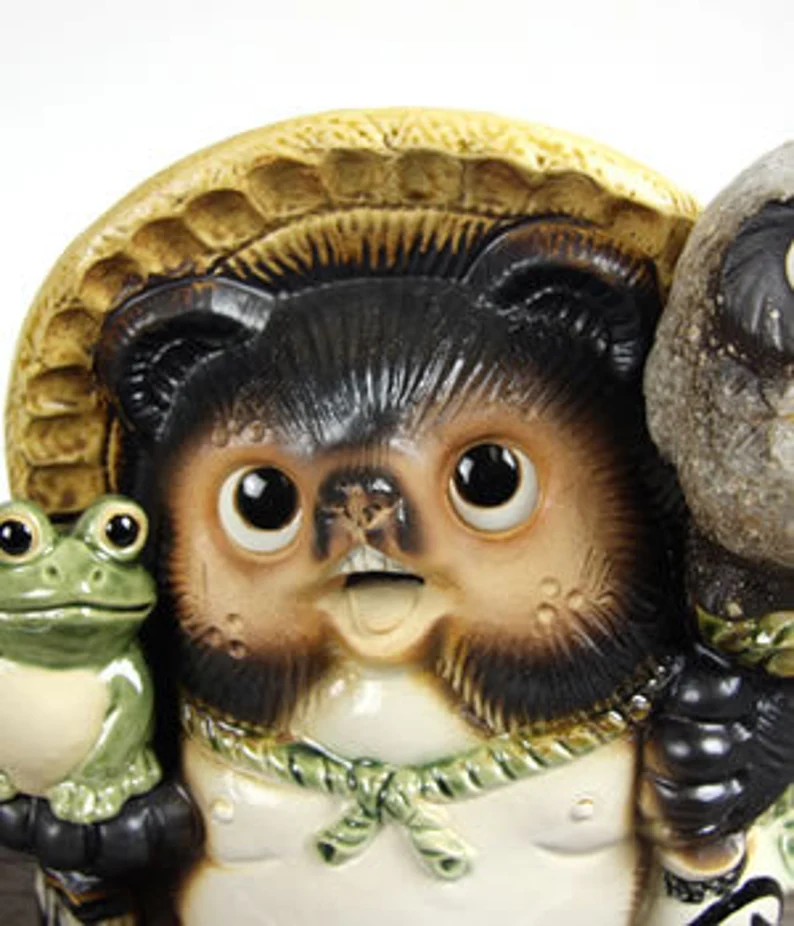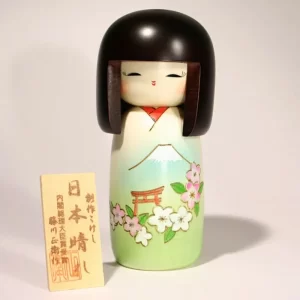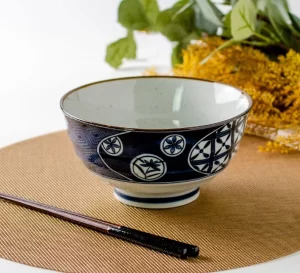What is the history and characteristics of Shigaraki ware?
Shigaraki ware is a pottery produced mainly in Shigaraki-cho, Koka City, Shiga Prefecture. It is one of the six ancient kilns of Japan. It is characterized by being made of high-quality sticky soil, and has been made in a wide range of sizes, from small to huge. The raccoon dog of Shigaraki ware is famous, but in the past, it has developed as a vessel and tool that supports people's lives according to the times, such as jars, jars, mortars, braziers, umbrella stands, bathtubs and tiles.
Yakishime pottery takes advantage of the texture of the clay and is fired without the use of glaze, resulting in a faintly reddish “hiiro” (fire color). Japanese tea is made with a focus on the beauty of soil and fire that cannot be 100% controlled by human hands, such as "stone goby" that appears as grains, and "natural glaze" that develops color when the ash of firewood melts. loved in the world of
Contents
History of Shigaraki ware
Shigaraki ware began in the Kamakura period (1185 – 1333). Kamakura period/Muromachi period Around the 13th century, Shigaraki ware was influenced by Tokoname ware techniques. In the 14th century, a style unique to Shigaraki ware was established. The production of pottery, such as jars, jars, and bowls, adapted to daily life, has become popular.
Shigaraki ware from the Azuchi-Momoyama period
Shigaraki ware with a rustic texture that makes the most of the earthy taste has come to attract the attention of tea masters. It was highly valued for its aesthetic value as a tool for Japanese tea.
Shigaraki ware in the Edo period
Large-scale production began in the Edo period. In addition, Shigaraki ware has long been characterized by yakishime production that does not use glaze, but in order to meet the nationwide demand for glazed pottery, production using glaze in Shigaraki ware also began.
At that time, tea jars were the main product, and the area has developed into a production area that produces a wide variety of household utensils that support the lives of the common people.
Shigaraki ware from the Meiji to Showa eras
Shigaraki ware tanuki has become famous nationwide. It is also used in the Japanese Diet Building. Production of new industrial products such as thread ladle pots and acid-resistant pottery for the chemical industry begins. It was also Shigaraki ware that supplied the train earthenware pots that were developed for the increasing number of travelers due to the popularization of railways in Japan. The hibachi, which began to be manufactured at this time, became popular due to its resistance to rapid heating and cooling. During the war, it also played an active role as an alternative pottery by supplying metal. It was around 1951 (Showa 26) that tanuki figurines became famous in Shigaraki. The Shigaraki raccoon dogs became the focus of attention throughout Japan when the Japanese media reported that Emperor Showa visited Shigaraki. Since then, the materials for flowerpots, umbrella stands, architectural tiles, and other materials have changed to match the times.
The monument "Tower of the Sun" at the Osaka World Exposition held in 1970. "Black sun" with a diameter of about 8 meters on the back is made of Shigaraki ware tiles. Mr. Taro Okamoto, the author of "Tower of the Sun", was selected for the phantasmagoric nature of Shigaraki ware and its high level of skill.
Current “Shigaraki ware”
Shigaraki ware has been loved by people as a part of their daily lives, while leaving behind items that continue to be loved, such as daily tableware and tea bowls. In recent years, it has been used in many areas as a building material, such as interior products that create a Japanese atmosphere, such as bath kettles and hand wash bowls at accommodation facilities and restaurants, and exterior products such as exterior wall tiles.
Characteristics of Shigaraki ware and how it is used
Shigaraki ware is made from sticky soil that is suitable for pottery from the Old Biwako Group. Because it is highly fire-resistant and can be baked without breaking even large objects, it is used in a variety of everyday tools, from tableware, storage containers such as jars and pots, tea bowls, tableware, flower vases, and bath tubs.
Author Profile
Latest entries
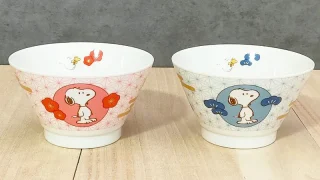 Rice Bowl / Ramen Bowl2025年8月5日Snoopy Japanese Rice Bowl Set - Red Plum & Blue Pine Design - Made in Japan, Microwave & Dishwasher Safe
Rice Bowl / Ramen Bowl2025年8月5日Snoopy Japanese Rice Bowl Set - Red Plum & Blue Pine Design - Made in Japan, Microwave & Dishwasher Safe matcha bowl / Yunomi tea cup2025年1月21日Kutani ware teacups are very easy to use
matcha bowl / Yunomi tea cup2025年1月21日Kutani ware teacups are very easy to use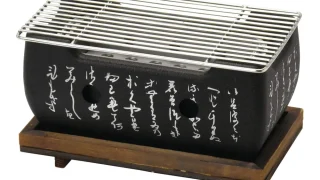 Japanese style BBQ stove grill2025年1月20日Combine a Japanese style BBQ stove grill and sake cups for a special dinner
Japanese style BBQ stove grill2025年1月20日Combine a Japanese style BBQ stove grill and sake cups for a special dinner SAKE bottle and SAKE cup2025年1月17日Mino Ware Gold-painted Sake Ware is Very Beautiful
SAKE bottle and SAKE cup2025年1月17日Mino Ware Gold-painted Sake Ware is Very Beautiful

